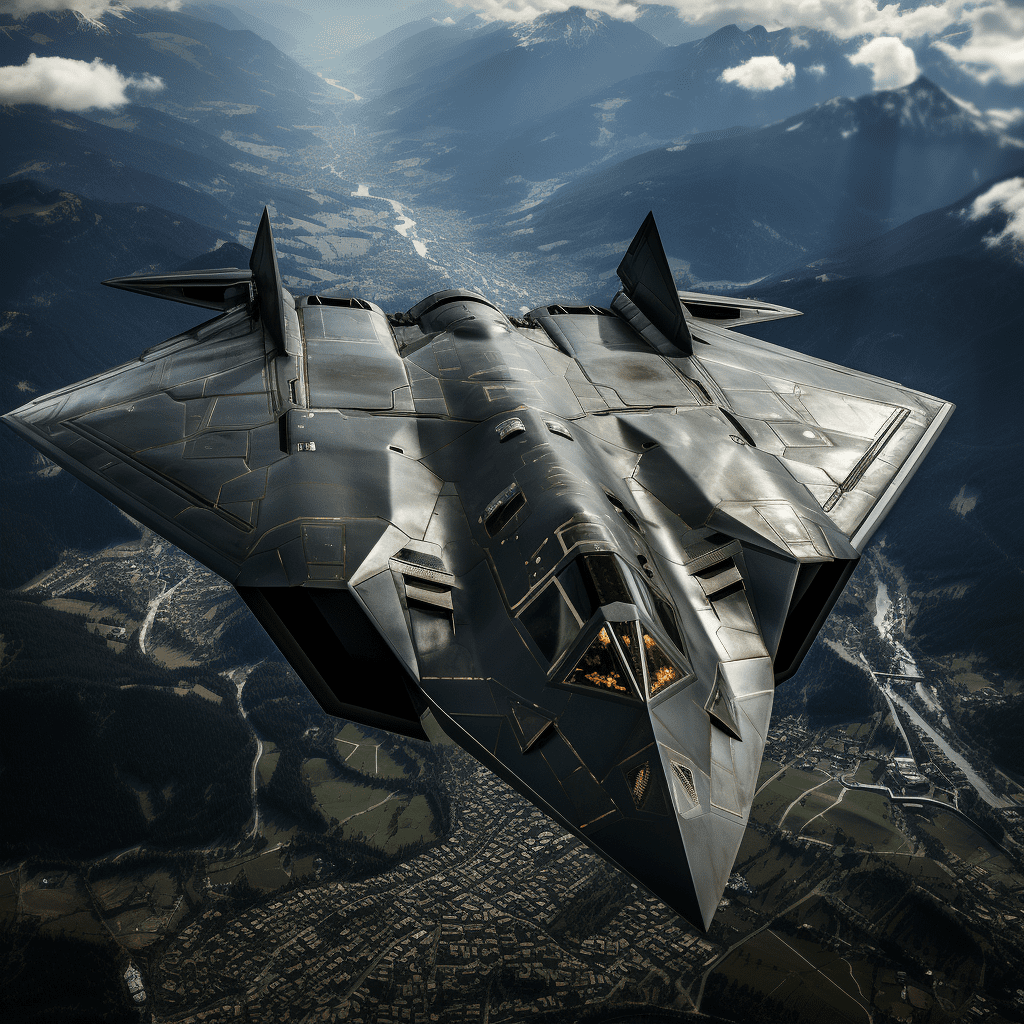Military technology has always been at the forefront of innovation and advancement. From ancient weapons like swords and shields to modern tanks, aircraft, and surveillance systems, the tools of war have continuously evolved with the goal of gaining an advantage over the enemy. In recent years, three key elements have become increasingly important in military technology: stealth, speed, and precision.
Stealth technology refers to the design and construction of military vehicles, aircraft, and equipment in a way that reduces their visibility and detection by enemy radar, sonar, and other sensors. The goal of stealth technology is to enable military forces to operate covertly and carry out missions without being detected by the enemy.
Speed has always been a crucial factor in military strategy, allowing forces to quickly move troops and equipment across vast distances and launch surprise attacks on the enemy. In recent years, advances in propulsion technology have enabled military forces to develop faster and more agile vehicles and aircraft.
Precision weaponry has become increasingly important in modern military operations, allowing forces to target enemy assets with pinpoint accuracy and minimize collateral damage. Precision-guided munitions use advanced guidance systems, such as GPS and laser targeting, to precisely strike targets with a high degree of accuracy.
As technology continues to advance, the landscape of military technology will continue to evolve. Stealth, speed, and precision will remain critical elements in military strategy, with advances in artificial intelligence, cyber warfare, and autonomous systems shaping the future of warfare. The integration of artificial intelligence and machine learning will also enable military forces to analyze vast amounts of data in real-time and make faster, more informed decisions on the battlefield.
As military technology continues to evolve, the ability to combine stealth, speed, and precision will be key to gaining an advantage over the enemy and securing victory on the battlefield. The future of military technology promises to be both exciting and challenging, with new innovations and breakthroughs reshaping the way wars are fought and won.
Stealth, Speed, and Precision: The Evolving Landscape of Military Technology
Military technology has always been at the forefront of innovation and advancement. From ancient weapons like swords and shields to modern tanks, aircraft, and surveillance systems, the tools of war have continuously evolved with the goal of gaining an advantage over the enemy. In recent years, three key elements have become increasingly important in military technology: stealth, speed, and precision.
Stealth
Stealth technology refers to the design and construction of military vehicles, aircraft, and equipment in a way that reduces their visibility and detection by enemy radar, sonar, and other sensors. The goal of stealth technology is to enable military forces to operate covertly and carry out missions without being detected by the enemy.
One of the most well-known examples of stealth technology is the Lockheed Martin F-22 Raptor, a stealth fighter jet developed for the United States Air Force. The F-22 is designed to be nearly invisible to radar systems, allowing it to fly deep into enemy territory and strike targets without being detected. Other examples of stealth technology include the B-2 Spirit bomber and the Sea Shadow stealth ship.
Speed
Speed has always been a crucial factor in military strategy, allowing forces to quickly move troops and equipment across vast distances and launch surprise attacks on the enemy. In recent years, advances in propulsion technology have enabled military forces to develop faster and more agile vehicles and aircraft.
One example of a high-speed military aircraft is the Northrop Grumman X-47B, an unmanned combat aerial vehicle that can reach speeds of up to 700 miles per hour. This speed allows the X-47B to rapidly deploy and strike targets with precision before the enemy can react. Speed is also important in missile technology, with hypersonic missiles capable of traveling at speeds greater than Mach 5.
Precision
Precision weaponry has become increasingly important in modern military operations, allowing forces to target enemy assets with pinpoint accuracy and minimize collateral damage. Precision-guided munitions use advanced guidance systems, such as GPS and laser targeting, to precisely strike targets with a high degree of accuracy.
One of the most well-known examples of precision weaponry is the Tomahawk cruise missile, which can be launched from ships or submarines and guided to its target with sub-meter accuracy. The use of precision weaponry has revolutionized modern warfare, allowing military forces to target specific buildings, vehicles, and individuals with minimal collateral damage.
The Future of Military Technology
As technology continues to advance, the landscape of military technology will continue to evolve. Stealth, speed, and precision will remain critical elements in military strategy, with advances in artificial intelligence, cyber warfare, and autonomous systems shaping the future of warfare.
Emerging technologies such as unmanned aerial vehicles (drones), autonomous ground vehicles, and electronic warfare systems will increasingly play a role in military operations, allowing forces to operate in contested environments with greater efficiency and effectiveness. The integration of artificial intelligence and machine learning will also enable military forces to analyze vast amounts of data in real-time and make faster, more informed decisions on the battlefield.
As military technology continues to evolve, the ability to combine stealth, speed, and precision will be key to gaining an advantage over the enemy and securing victory on the battlefield. The future of military technology promises to be both exciting and challenging, with new innovations and breakthroughs reshaping the way wars are fought and won.
